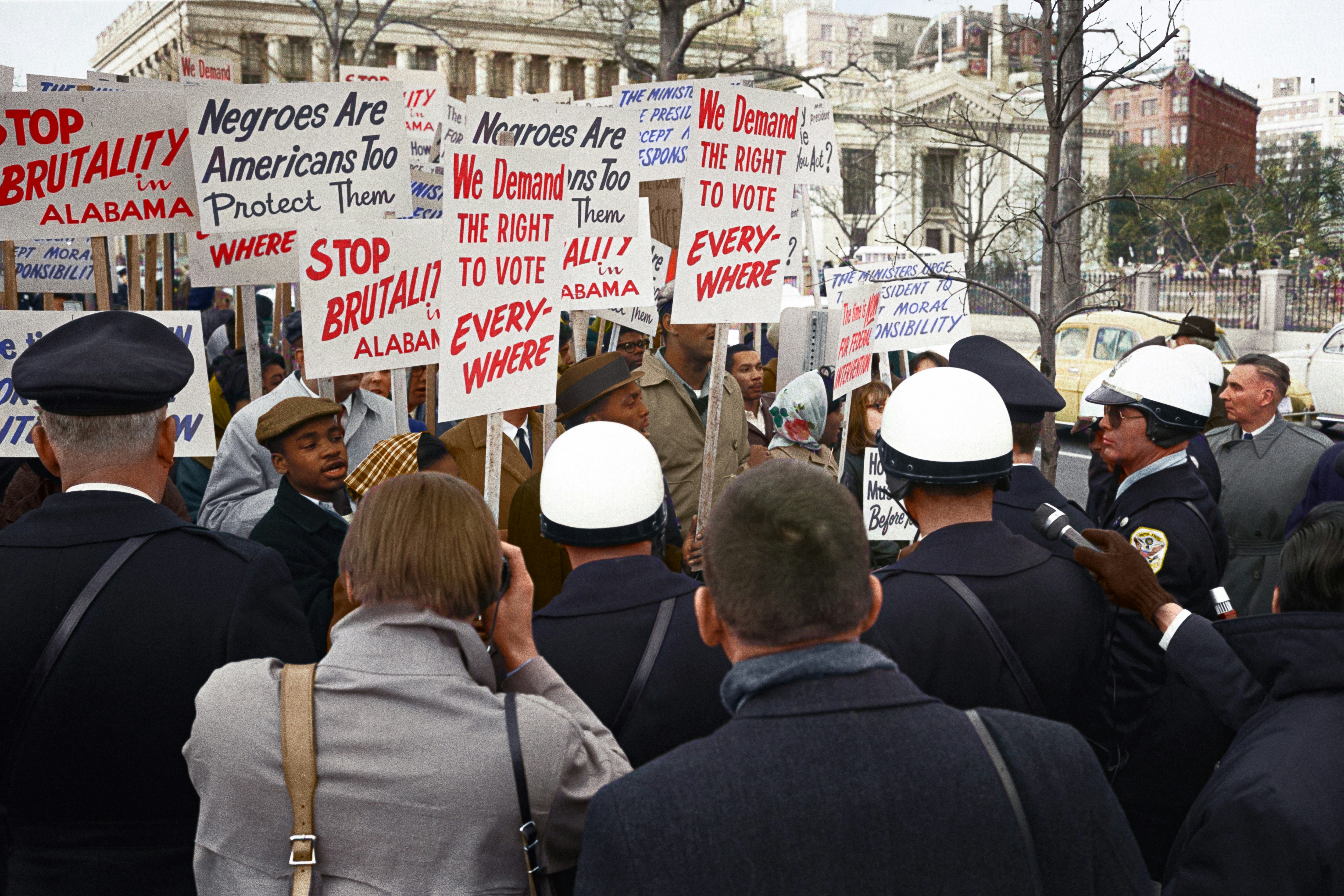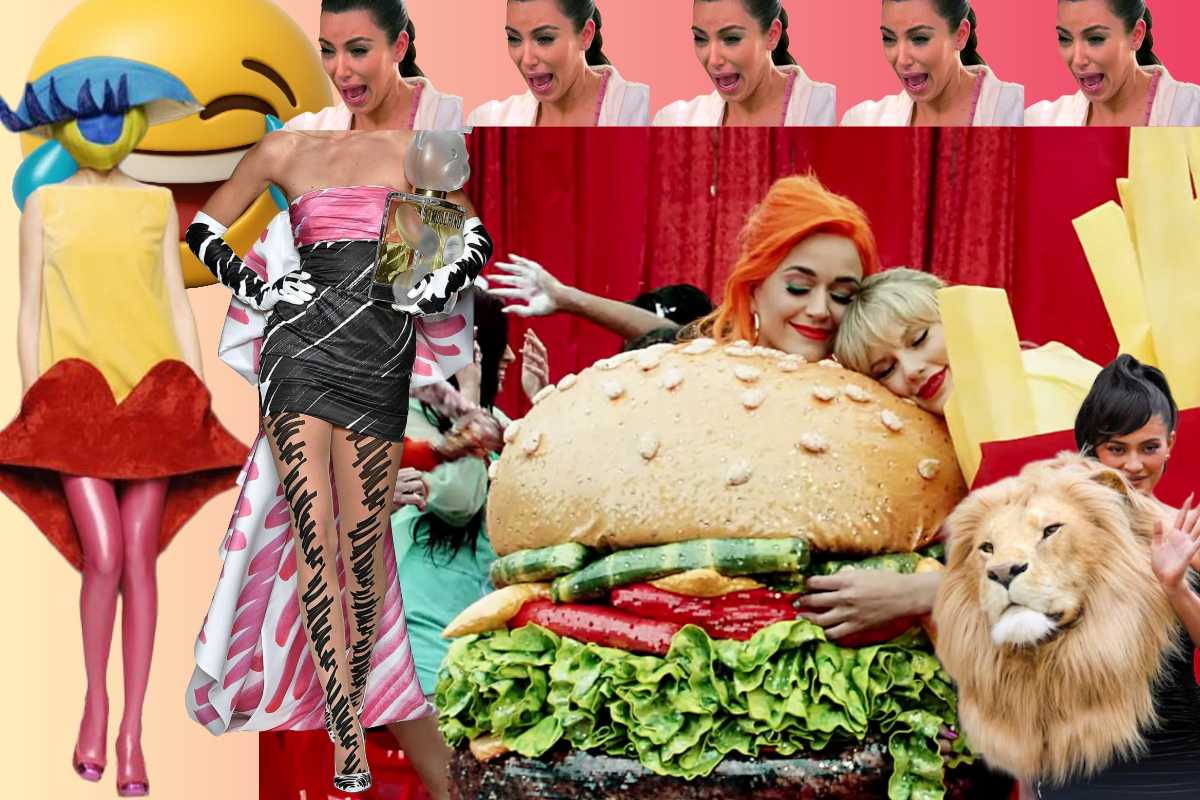Does society impact fashion or does fashion impact society? For centuries, our clothes have represented our values, our way of thinking, our lifestyle, and the perception that we have of others and about ourselves.
This is why there’s not a single answer to this question. Sometimes, society changes because a major revelation happened in fashion. But sometimes it’s the other way around. Today, we’ll talk about some key ways in which fashion trends emerge and move, and how this affects society.
The way fashion comes and goes has been a field to study for several decades now. After all, fashion is a billion-dollar industry and it´s worth knowing where fashion trends come from in order to be aware of the future trends.
Trickle-down

In economics, the trickle-down theory states that benefits for corporations and the wealthy population, trickle-down to everyone else. In fashion, the principle is the same. Instead of economic benefits, what trickles down is the trend. Many fashion garments and accessories become trendy because they are associated with wealth, power, or aristocracy. The idea of living a glamorous life and being part of an exclusive elite society has been around for a very long time, so fashion can be aspirational for many people who want to live this life but are mainly from the working class.
An example of trickle-down in fashion is the fur coat. Fur coats used to be made only of exotic animals, with cruelty and a painful and long taking process behind the making of this coat. There were different price ranges depending on the rareness of the animal. Beavers, foxes, and Hudson seals were the most expensive, and the cheaper ones included raccoons, chinchillas, wombats, and moles. At the beginning of the 20th century, this was so popular, that the fashion business created pieces that were affordable for people who couldn’t buy a full-length fur coat. Some of these brands created scarves, detachable pieces that you could overlap in the sleeves or around the neck, and fur stoles.
The pressure that media and advertisements had on women to buy fur coats was such, that the whole synthetic fur industry was developed and accelerated to fulfill the wish of the working class to wear a fur coat. Synthetic furs were often referred to as Syberian fur cloths. Fur coats used to be associated with wealth and elegance, they trickled down, and now synthetic fur coats are more popular than real fur coats, mainly because animal cruelty stop being accepted, but also because it was replicated so much at different price points that it is no longer a symbol of wealth.
In today’s massively quick fashion industry, knock-offs are a clear example of trickled-down fashion. High fashion brands develop statement pieces that celebrities, influencers and public figures wear. These items become desirable by consumers who admire these public figures, or the fashion in general. As the price of the original items tends to be high and not affordable to many people, fast fashion brands replicate the original designs with cheap materials and a simple construction process. If there’s an embroidered leather jacket that is very popular, fast fashion brands may replicate the design, but instead of having it embroidered, it would be printed in synthetic leather (plastic), or even polyester.
Under the first versions of the trickle-down theory, it was believed that the working class was not able to develop fashion trends on their own and they would only follow the styles that were popularized by the rich. It describes a linear effect in fashion that starts with emerging styles in the upper class that is replicated by the working class and ultimately become obsolete until the next style is created by the upper class to repeat the same trickled-down movement. As fashion changed and more studies about where fashion comes from, we realized that not all fashion trends move in a trickle-down manner from top to bottom.

Trickle up
The trickle up theory describes a fashion movement where trends start in the working class and they are later replicated by the wealthy upper class. It is also referred to as the Status Float phenomenon, and was first described by Paul Blumberg in 1970.

A great example of trickle-up fashion is the t-shirt. The t-shirt was originally an undergarment mainly for the U.S. Navy. They used to wear them below their jumpsuits and they used to take off the upper part of the jumpsuit when working under very hot weathers. The white t-shirt served the very specific purpose of covering the body in the lightest way possible.
Fashion evolved, weathers became more extreme, and consumers started to like the idea of wearing light clothes, particularly in streetwear.

So high fashion brands introduced white t-shirts in their catalog. Many of them are created with interesting materials that make this garment soft and light. You can find many blends of cotton and polyester, rayon, organic cotton, spandex, and many more.
A very common misconception is to think that a white t-shirt from a fast fashion brand is the same as one from a high fashion brand. Although the essence of the garment, and maybe even the design is the same, there are a few differences between these garments including the material of the fabric, the material of the thread, the quality of the stitches, the method used to dye or bleach the t-shirt, and last but definitely not least, the fit.
There are many examples besides fashion like jazz, and blue that trickled up and became relevant in the upper class as well.
There are many fashion designers that collaborate with indigenous communities to create work inspired by their craftsmanship and creativity.
Trickle across

What happens when it’s not very clear if a trend started in the upper class or in the working class?
With the high speed of fashion trends coming from different sources such as social media, it is very hard to keep track of the original source of an emerging trend. And it is very common that many of these don’t start specifically in the top or in the bottom, but somewhere in between.
French fashion designer Yves Saint Laurent was the first designer to go out to the streets to look at what people were wearing and get inspiration.
This was a significant moment in fashion history, because before that, fashion designers didn’t really connect with their potential customers. They designed based on their previous experiences and assumptions about the client. Fashion trends trickled down or trickled up but it was unlikely they trickled across.
A very common example of trickled across fashion trends is fashion collaborations. Fashion brands work with artists of different disciplines to create work that represents two aesthetics united.
For the Pride Collection 2022, Target collaborated with LGBTQ+ talent to create designs that represent and celebrate this community. The designs represent their background and include many symbols of LGBTQ+ history. Pride collections didn’t start specifically with the upper class or with the working class, and in recent years, they have grown to be available in different price points, locations, shapes, and sizes.
Many festival trends like neon colors, and jewelry glued to the face are other examples of trickle across trends. These are trends that fashion influencers started or made popular and then their followers, and mass consumers in general started to follow.
So what’s the impact of fashion on society?

Fashion can affect society positively or negatively. For many, it is a celebration of who they are and a spectacular way of expressing themselves. For others, it is a punishment.
Fashion is a visual illustration of people's mindsets around them. Many times you can tell how conservative a town is by looking at the deepness of their necklines, the simplicity of their clothes, and the lack of diversity when it comes to styles, colors, and silhouettes.
Fashion is not the reason why society changes, but it definitely helps to encourage change in a visible way.
In previous centuries, it was more common to see trickled-down trends, because the upper class was aspirational and mysterious. In today’s world, the upper class still has those characteristics, but it no longer establishes all the fashion rules. Social media has made everyone’s style visible to the whole world, so regardless of social class, everyone has now the tools to be their authentic self through fashion. Follow your own path, tell your own stories through your clothes, and let yourself have fun in the meantime.







